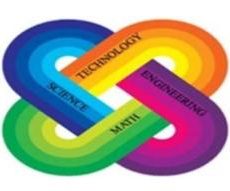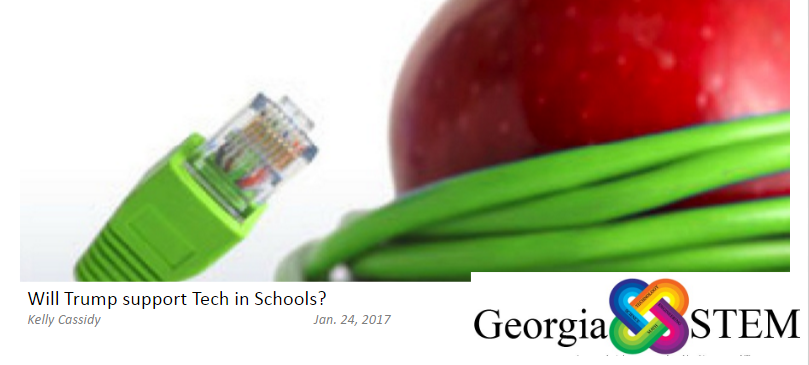As the national focus on technology integration and STEM in schools grows, it will be interesting to see if the new Education Secretary, President Trump and the new US Administration continues with the National Technology Plan which was released mere days before the recent inauguration. NPR details more of these cuts, a proposed 13.5% cut to education, will affect a wide range of students from afterschool program attendees to federal work-study participants and Pell Grant recipients. Trump’s budget plan would remove $2.4 billion in grants for teacher training and $1.2 billion in funding for summer- and after-school programs. the cut to teacher training is especially worrisome for STEM education. Without proper training, it is hard for teachers to be technology innovative.
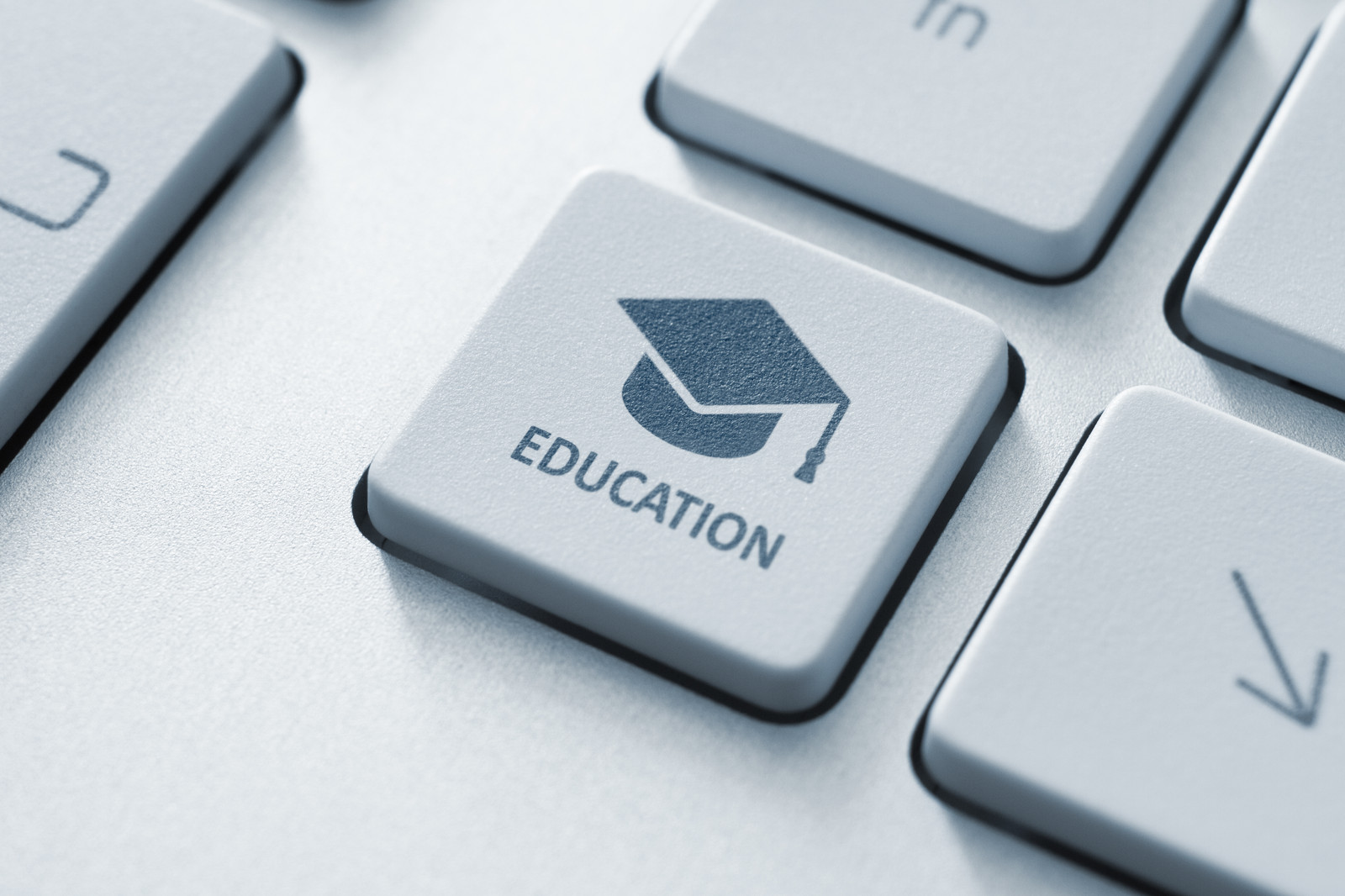 The call to action is a shift towards more technology integration at all levels, even higher education. In the past, lecture, (the Sage on the Stage model) has been the medium of delivery for most college professors. Getting support for technological innovation requires the support from a lot of tenured professors and experienced educators who may be set in their instructional design and delivery choices. In order to move their pedagogical skills and affect student achievement, teachers must be trained. That training cost money. If the funding is not available, we may see a stagnation in blended learning, personalized education, and educational technology. These lapses in professional development will most certainly affect STEM education and the future STEm career prospects for students. Professional development and training is vital and funding should be expanded for coaching, not cut. Simply attending a workshop is not the answer, there needs to be funding to continue the learning past the professional development session.
The call to action is a shift towards more technology integration at all levels, even higher education. In the past, lecture, (the Sage on the Stage model) has been the medium of delivery for most college professors. Getting support for technological innovation requires the support from a lot of tenured professors and experienced educators who may be set in their instructional design and delivery choices. In order to move their pedagogical skills and affect student achievement, teachers must be trained. That training cost money. If the funding is not available, we may see a stagnation in blended learning, personalized education, and educational technology. These lapses in professional development will most certainly affect STEM education and the future STEm career prospects for students. Professional development and training is vital and funding should be expanded for coaching, not cut. Simply attending a workshop is not the answer, there needs to be funding to continue the learning past the professional development session.
“Supporting technological change requires much more than instituting workshops; it requires as well the creation of opportunities to practice and observe, the opportunities to be coached and to coach others” (Papa, 2011, p. 15).
Too often instructors attend a workshop or professional development session on a topic that is central to one of the school’s plans (school improvement, SACS goals, technology, etc) and then the workshop is never followed with a check-in to see how the training affected student learning. Papa (2011) makes it clear that true technology leadership is more than just hiring a consultant and holding a workshop.
Technology innovation is hard. Will President Trump give educators the financial and legislative support they need?
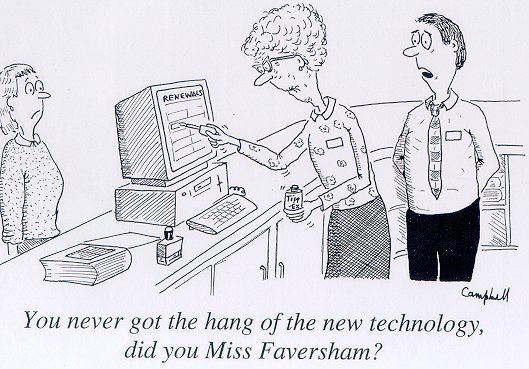 In many cases, it requires administrative and instructional leadership to offer support to push resistant individuals out of their comfort zones. Papa (2011) also counsels that there is a risk of creating an “in-group” and an “out-group”. This polarization can label stakeholders as either technology innovative and supportive or not. Normally, this is not the case. Most individuals fall on the spectrum and cannot be classified as either in the “in” or “out” group; however, there is always a risk of fracturing the faculty and creating a chasm between digital natives and immigrants.
In many cases, it requires administrative and instructional leadership to offer support to push resistant individuals out of their comfort zones. Papa (2011) also counsels that there is a risk of creating an “in-group” and an “out-group”. This polarization can label stakeholders as either technology innovative and supportive or not. Normally, this is not the case. Most individuals fall on the spectrum and cannot be classified as either in the “in” or “out” group; however, there is always a risk of fracturing the faculty and creating a chasm between digital natives and immigrants.
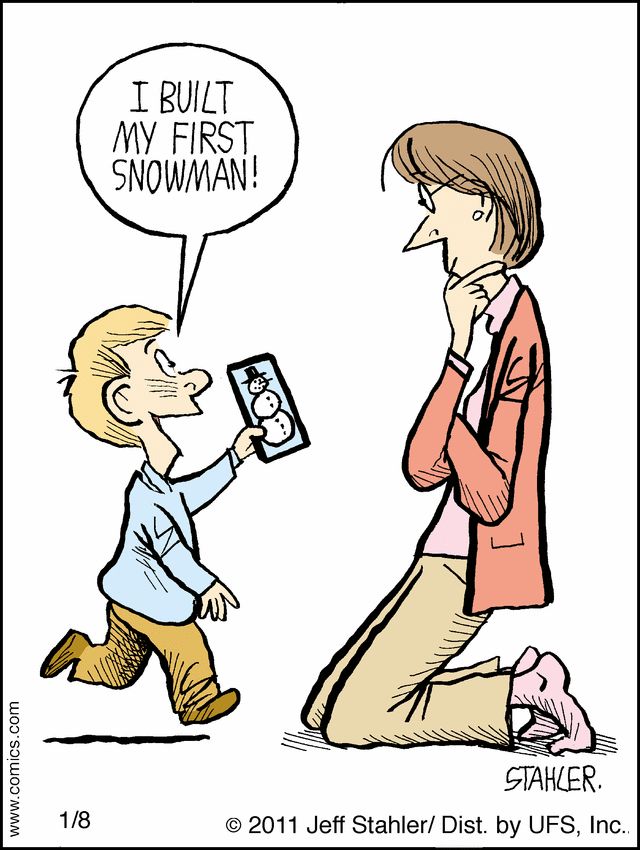 Any technology initiatives should also be closely linked to student learning objectives. Simply having a push to use technology more in the classroom or in a course is not an effective goal. Simply having a Facebook page, Twitter account or an Instagram for a course does not lead to increase student achievement. Many ways that technology can be used with students does not show a link to improvement in learning. The International Society for Technology in Education focuses on the success and support of students to “promote the use of the most effective and appropriate technologies to support teaching and learning” (Papa, 2011, p. 27). The key here is effective. Simply implementing more technology does not build student success, the technology must be used in an effective way to support student achievement. Social Media is a great road to increased engagement with a population of people, as seen in the recent election season; however, as also witnessed, it doesn’t always lead to the most cogent conversations.
Any technology initiatives should also be closely linked to student learning objectives. Simply having a push to use technology more in the classroom or in a course is not an effective goal. Simply having a Facebook page, Twitter account or an Instagram for a course does not lead to increase student achievement. Many ways that technology can be used with students does not show a link to improvement in learning. The International Society for Technology in Education focuses on the success and support of students to “promote the use of the most effective and appropriate technologies to support teaching and learning” (Papa, 2011, p. 27). The key here is effective. Simply implementing more technology does not build student success, the technology must be used in an effective way to support student achievement. Social Media is a great road to increased engagement with a population of people, as seen in the recent election season; however, as also witnessed, it doesn’t always lead to the most cogent conversations.
So as instructional leaders in STEM, how do we light the path?
How do we assist students in building effective online and technology skills? How do we caution them about the consequences of their “tweets”, “snaps” or the sharing of fake news while not dampening their enthusiastic use of their personal devices? How do we tap into the engagement while leaving the obstacles behind?
 ISTE also defined the mastery of standards by developing a rubric that guides professional growth and supports educators. By helping teachers identify whether they are beginning, developing, proficient or transformative; ISTE is guiding our professional development in technology. We have to be more careful about taking a one size fits all approach to professional development. Sending a transformative teacher to a workshop on basic technology skills is both a waste of resources and a waste of the educator’s time. In contrast, holding an expectation that all instructors are using an innovative tool, when many of the educators may be at the beginning or developing level, is also unrealistic.
ISTE also defined the mastery of standards by developing a rubric that guides professional growth and supports educators. By helping teachers identify whether they are beginning, developing, proficient or transformative; ISTE is guiding our professional development in technology. We have to be more careful about taking a one size fits all approach to professional development. Sending a transformative teacher to a workshop on basic technology skills is both a waste of resources and a waste of the educator’s time. In contrast, holding an expectation that all instructors are using an innovative tool, when many of the educators may be at the beginning or developing level, is also unrealistic.
Leaders must get to know their student and faculty populations to make sure that technology plans are realistic and achievable.
The two types of leadership I find to be the most valuable are situational leadership and path-goal leadership. I think leaders must know and respond to their particular situation to be most effective. I also think that focusing on what motivates the faculty and student populations is a key to get buy-in and effective implementation of a plan. The path to the goal must be clear to all and be developed with the individual situation being considered.
The National Technology plan is specific about our challenges in higher education. The report’s basic premise is that today’s system of higher education inadequately meets the needs of the non-traditional students who constitute today’s “new normal.” Institutional, financial, and policy barriers to completion abound. The current system generally fails to credit learning experiences that occur outside traditional academic settings; raises hurdles to credit transfer; imposes schedules and delivery approaches that fail to meet the needs of too many students; forces many learners to incur unnecessary costs; and doesn’t connect students well with the job market. (Mintz, 2017)
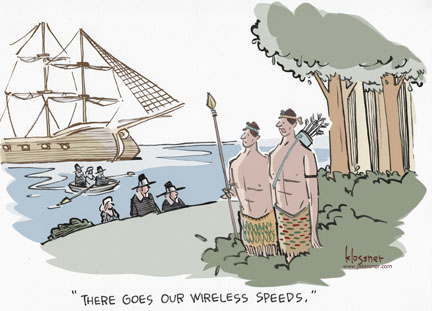
How do you think the National Technology Integration Plan will fair under the current US leadership? Will it continue to be a push for technology integration at all educational levels to keep the US competitive with other countries or will we continue to bicker while spinning our wheels to the detriment of our educational institutions?

Adams Becker, S., Freeman, A., Giesinger Hall, C., Cummins, M., and Yuhnke, B. (2016). NMC/CoSN Horizon Report: 2016 K-12 Edition. Austin, Texas: The New Media Consortium.
Georgia Department of Education 3 Year Technology Plan. (n.d.). Retrieved January 10, 2017, from http://www.gadoe.org/Technology-Services/Documents/3%20Year%20Technology%20Strategy%20White%20Paper%20May%203%202013_webposted.pdf
Mintz, S. (2017). A National Educational Technology Call to Action. Higher Ed. Retrieved Jan 24, 2017, from https://www.insidehighered.com/blogs/higher-ed-gamma/national-educational-technology-call-action
Papa, R. (2011). Technology Leadership for School Improvement. Thousand Oaks, CA: Sage Publications, Inc.
